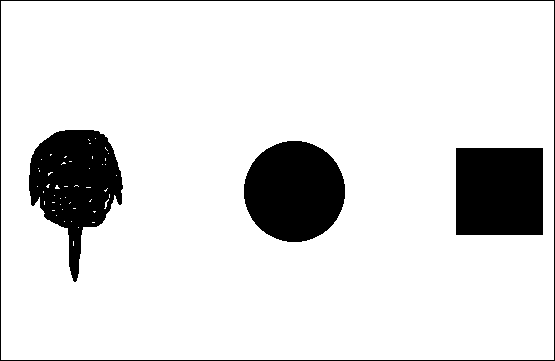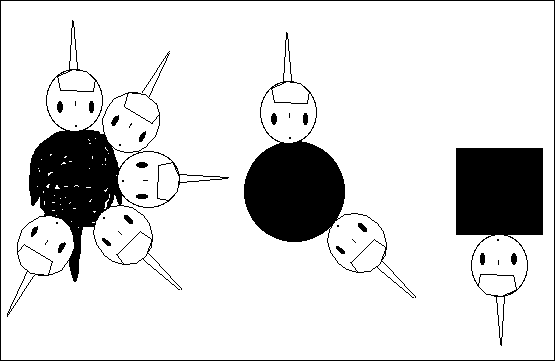

To first look at the idea of shape as a cue, Barlow et al. (1982) prepared a number of cement castings of female horseshoe crabs and placed these in shallow water near a nesting area. Along with these the experimentors also places similarly-sized cement hemisshperes and cubes. Males were then seen to attempt to mate with all three types of objest, but significantly preferred the castings more that the hemispheres and significantly preferred the hemishperes more than the cubes.


This indicated that males could distinguish the proper shape of other horseshoe crabs, but coudl not determine the stimulus used to determine this (vision or tactile stimulus). To further investigate which cues might be being used, investigators tested whether vision might be important by covering the eyes of some males while leaving others uncovered and releasing them in the area of cement castings of females. Males with covered eyes were observed passing very close but were not attreacted to the castings while those with uncovered eyes were. While this does not truyly rule out other factors, it indicates that vision may play a critical role in mate finding.




